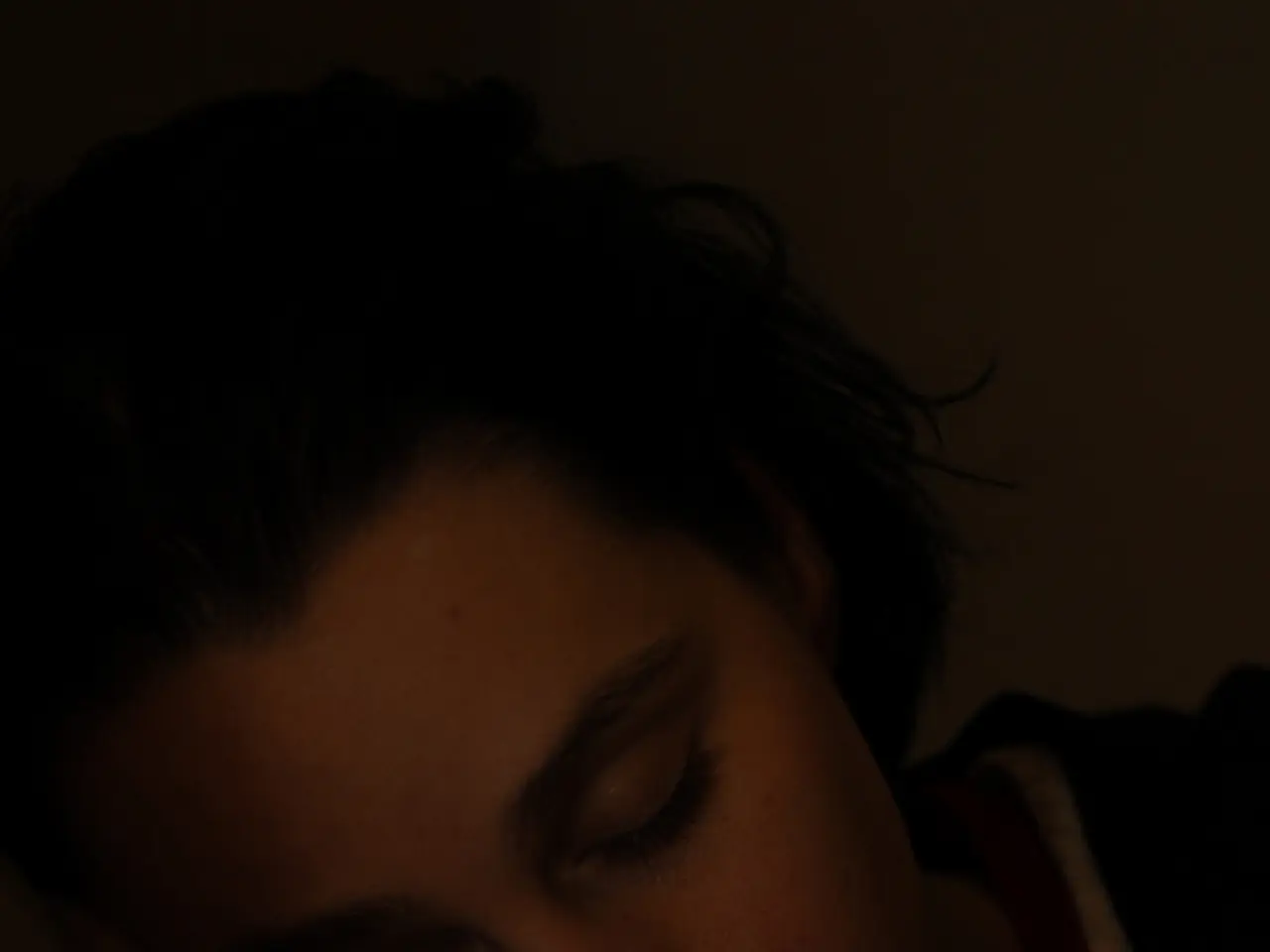Sleep study analysis: Understanding it and its outcomes
In the quest for understanding sleep disorders, two primary methods are often considered: home sleep tests and in-lab studies, each with its own advantages and disadvantages.
Home sleep tests, conducted in the comfort of one's own home, offer a practical, less expensive, and convenient option. These tests, which use portable and wearable devices, monitor and record brain waves, heart rate, breathing, eye movements, limb movements, oxygen in the blood, and chin muscle activity. A healthcare professional will provide instructions on how to use the equipment and answer any questions. However, it's essential to note that home tests may not be suitable for individuals with certain health conditions.
On the other hand, in-lab studies, or sleep center studies, provide the most comprehensive and accurate evaluation. These studies require an overnight stay at a sleep facility, which can be inconvenient, but they offer detailed physiological monitoring and diagnosis of multiple sleep disorders. Sensors are attached to a person's body, and they sleep in a controlled environment while the data is collected. In-lab studies are particularly beneficial for people with complicated sleep or health problems, or those whose work safety depends on an accurate diagnosis.
When it comes to cost, home sleep tests are generally more cost-effective, often covered by insurance with fewer out-of-pocket expenses. In-lab studies can be costly, with insurance coverage varying and costs potentially reaching up to $3,500 out-of-pocket.
In terms of accuracy and diagnostic scope, home sleep tests are reasonably accurate for diagnosing obstructive sleep apnea, but may not detect all types of sleep disorders or provide as much detail. In-lab studies, however, are considered the gold standard, providing the most accurate and comprehensive data.
It's important to note that smartphone applications' sleep monitoring results do not correlate with those of polysomnography, the test used by doctors to diagnose sleep disorders, often referred to as a sleep study. A 2019 study indicated that polygraphy, a portable sleep monitor, may be a useful alternative way to test for obstructive sleep apnea (OSA).
Polysomnography provides detailed information about a person's sleep duration and quality, and can test for various conditions and symptoms such as snoring, insomnia, periodic limb movement disorder, dry mouth, difficulty concentrating, morning headaches, choking when waking, narcolepsy, sleep-related seizure disorders, rapid eye movement (REM) sleep behavior disorders, and more. After the test, it may take up to 2 weeks for the sleep team to interpret the data and contact the person with the results and diagnosis.
In conclusion, home sleep tests offer a practical, less expensive, and convenient option with reasonable diagnostic accuracy, especially for obstructive sleep apnea. In-lab studies, however, provide the most comprehensive and accurate evaluation, essential for complex conditions or when precise diagnosis is critical. It's always advisable to consult with a healthcare professional to determine the best option for individual needs.
Lastly, it's worth mentioning that there is a risk of reacting to the adhesive used to attach the sensors to the body; if a person is concerned, they should speak to the technologist beforehand. If a home test needs to be repeated, it will typically take place in a sleep test center.
- Certain health conditions might render home sleep tests ineffective, making in-lab studies essential for accurate diagnosis.
- Chronic diseases like chronic kidney disease or medical conditions such as narcolepsy might require the precision of in-lab studies for proper diagnosis.
- For individuals seeking alternative methods to polysomnography, a portable sleep monitor known as polygraphy may be beneficial in testing for obstructive sleep apnea (OSA).
- In the realm of health and wellness, CBD products have not been proven to directly improve sleep disorders, but further research is ongoing.




